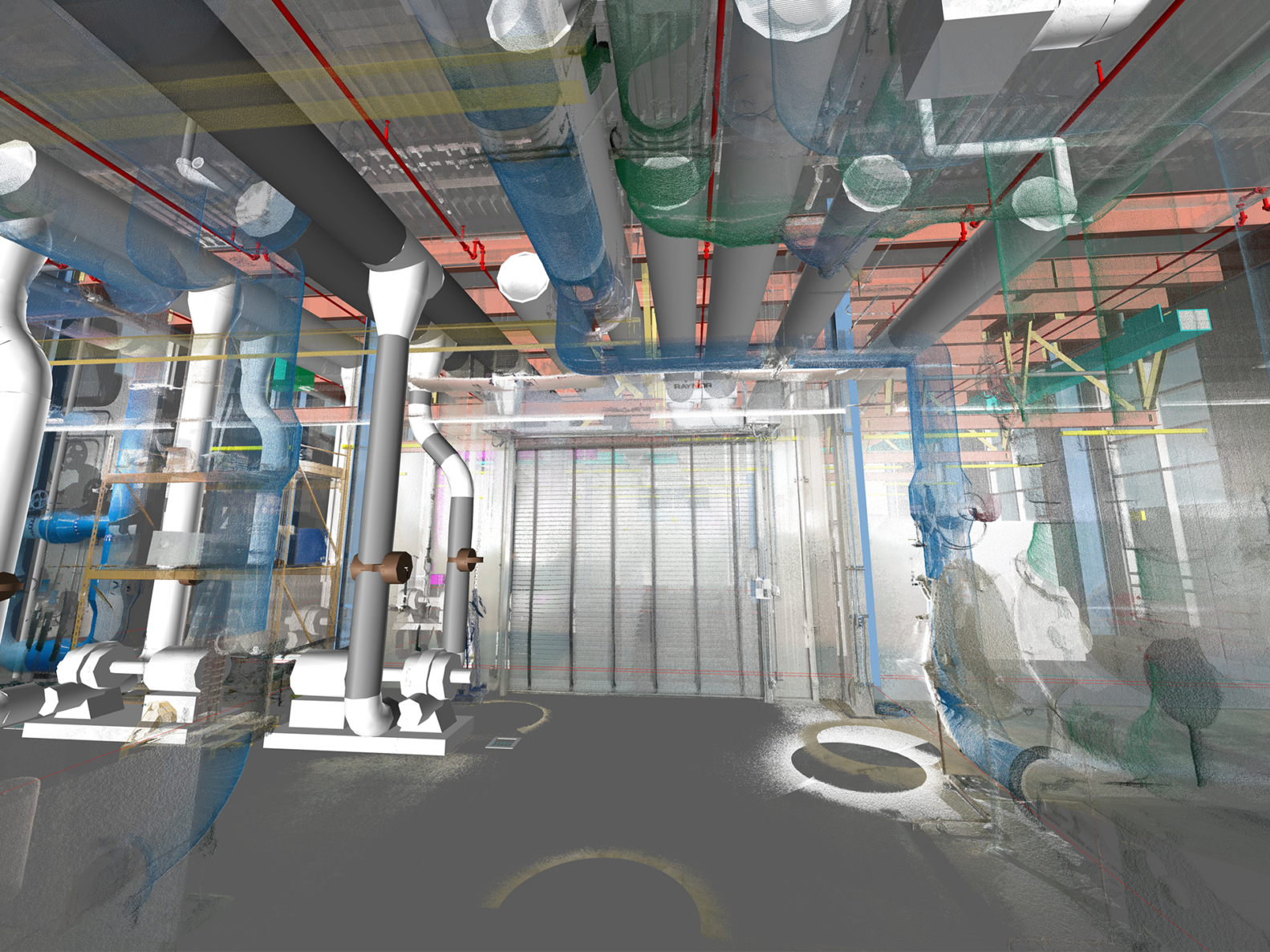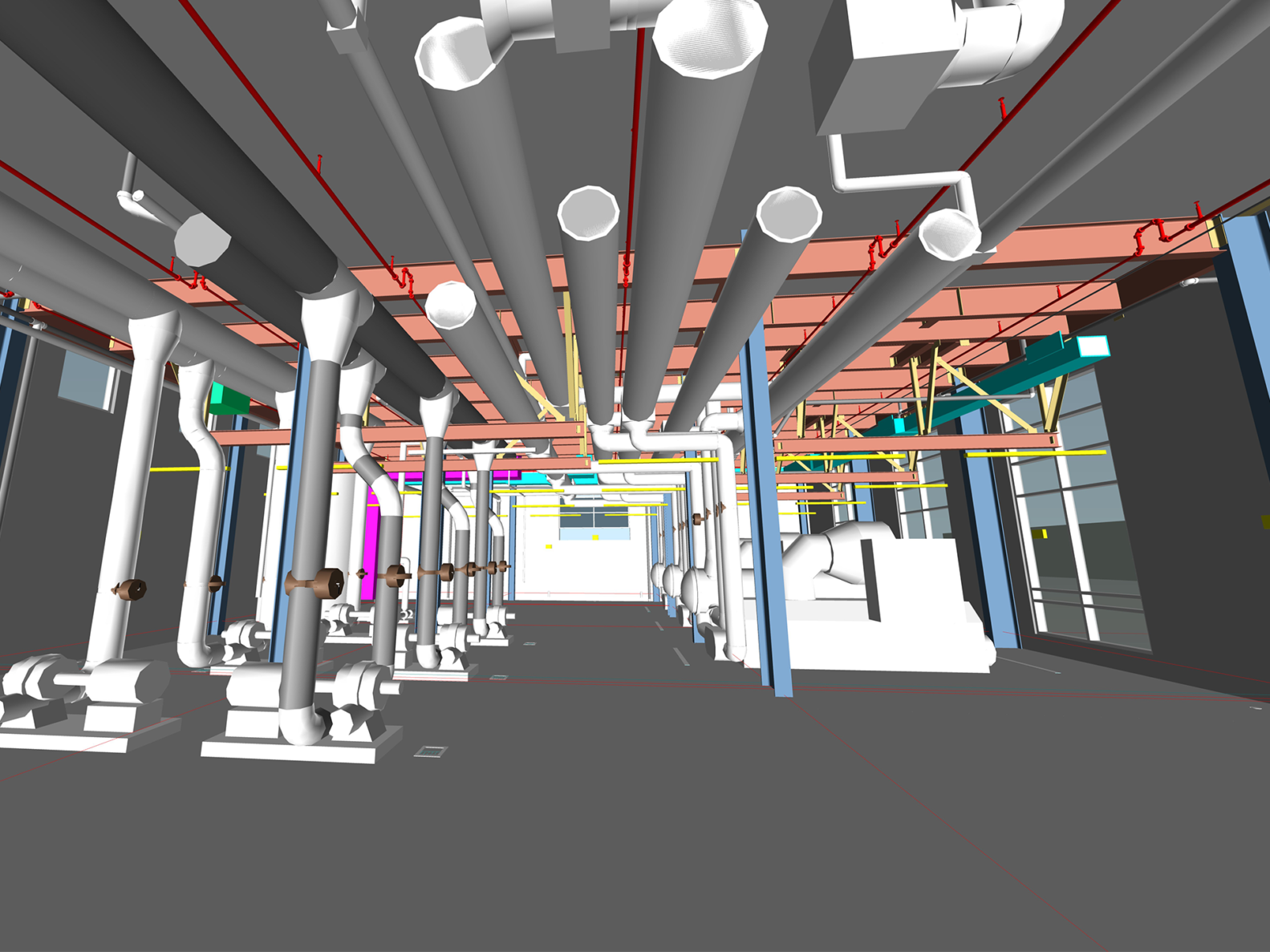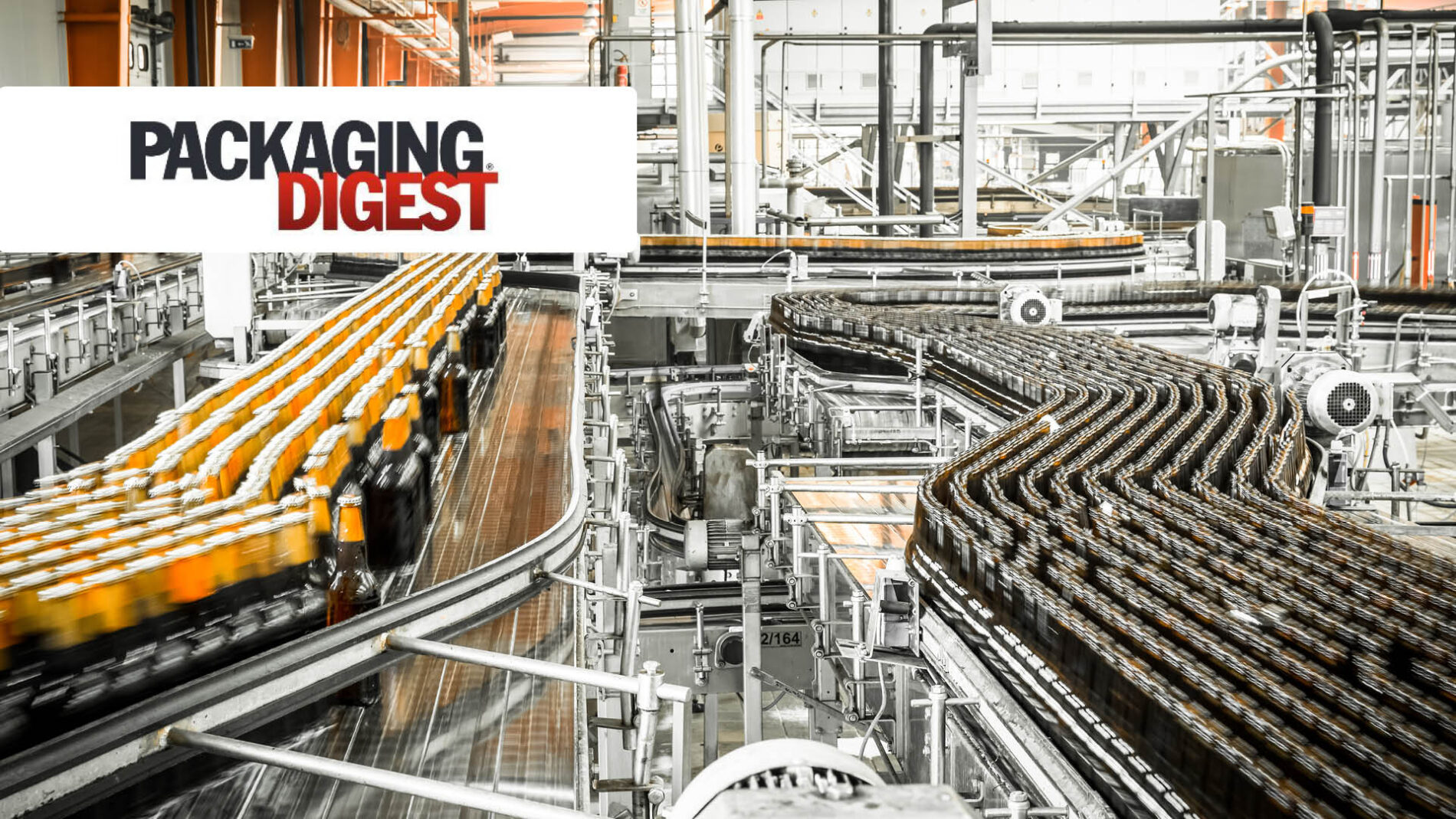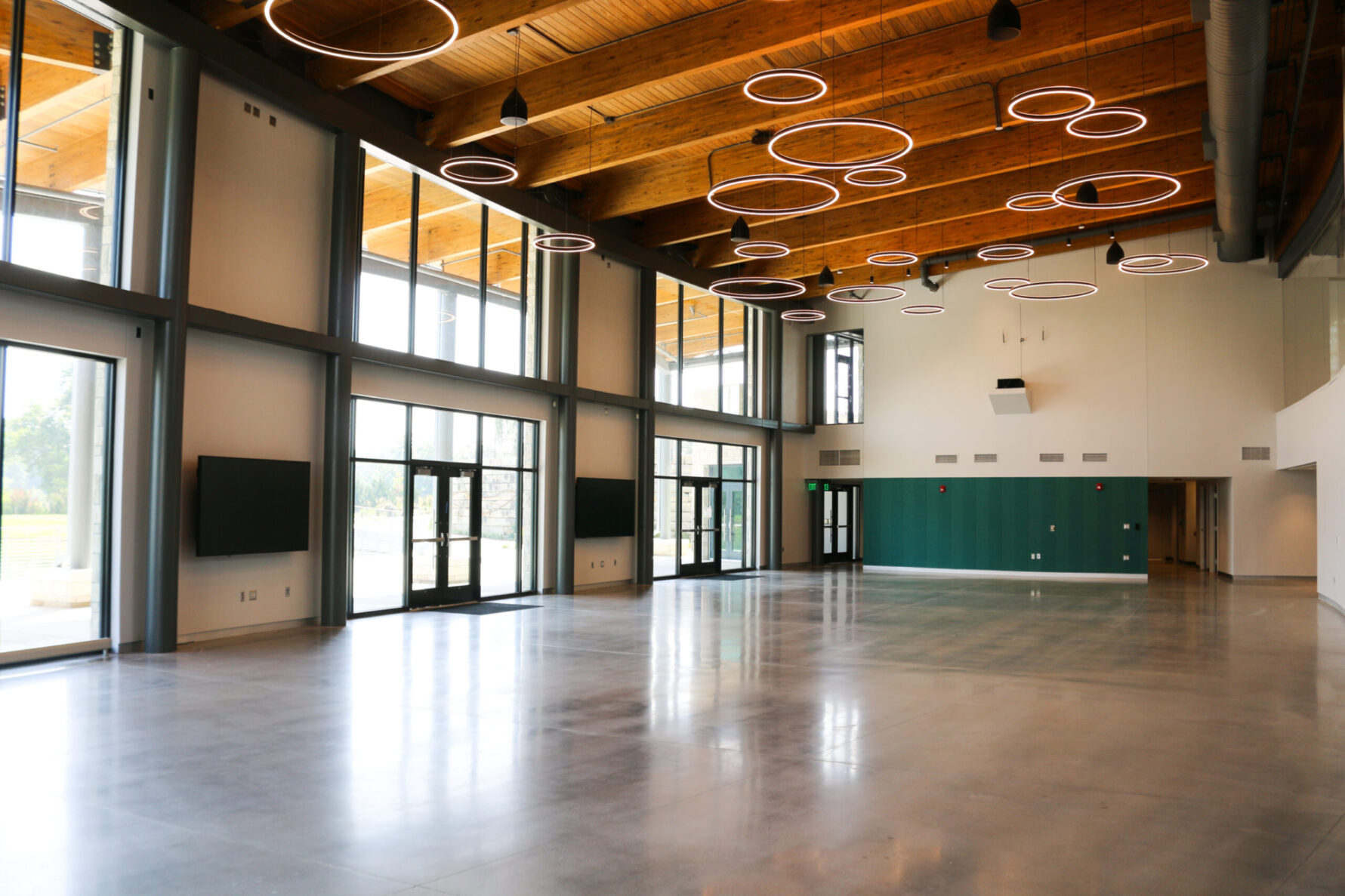Using laser scanning in construction
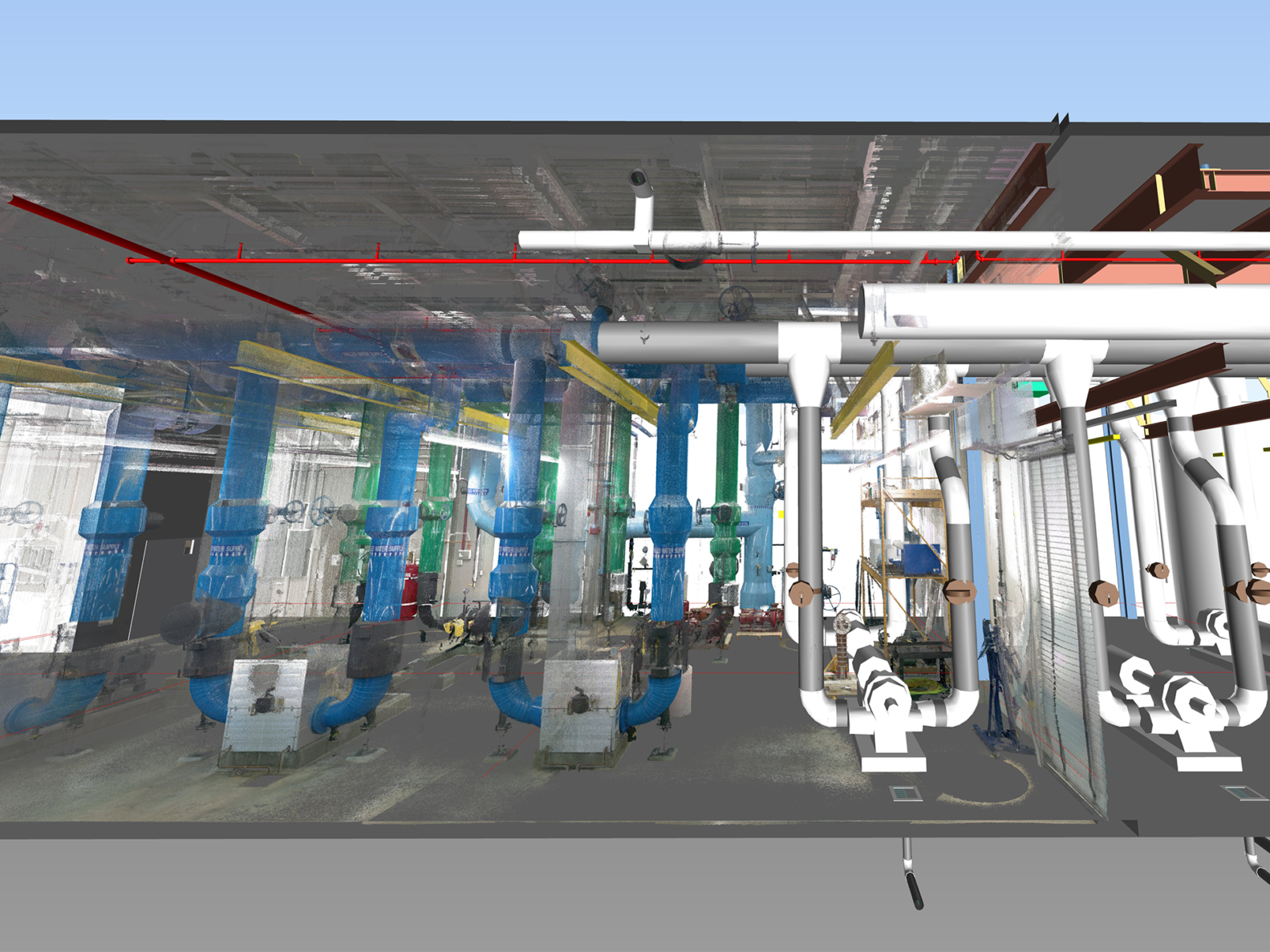
A challenge often faced during design and construction is accurately capturing existing conditions on a site or within a building. Using manual measuring tools like tape measures can be time-intensive, laborious and inaccurate at times. With the advancement of laser scanning technology in recent years, it has become more feasible for construction firms to purchase their own 3D laser scanners to capture existing imagery and data that can be used for coordination, taking measurements, record-keeping and accurately capturing photo-realistic geometry of a specific space. A few years ago, McCownGordon’s Specialty Service department acquired our own 3D laser scanner that has proven to be a very useful tool in a variety of different situations during construction.
At South Dakota State University in Brookings, South Dakota, our VDC team was tasked with conducting 3D clash detection of mechanical, electrical, plumbing, fire protection and structural systems on an addition to an existing chiller plant.
The challenge
Accurately determining where the new chiller piping would tie to the existing chiller piping, which would impact where the other trades’ systems would be placed in order to avoid clashes with one another. We knew the general locations, but if the new piping were to be off by a few inches, it could create field installation issues with other trades’ systems in the new portion of the chiller plant.
Solution
We took 3D laser scans of the existing chiller plant to capture all the locations and sizes of the existing chiller piping. We then uploaded the laser scans to our software, processed the data, and imported the scanned imagery into our coordination model, which also contained the trades’ coordination models. From there, our VDC team took measurements between the new piping models and the scanned imagery of the existing piping in order to get exact dimensions that the plumbing detailer needed to adjust their model content. Once the new and existing piping were aligned, we completed clash detection with the other trades in the chiller addition.
Result
Ultimately, if this additional coordination step was omitted from the process, there would have undoubtedly been numerous coordination issues in the field.
For more on virtual design, please click here!

